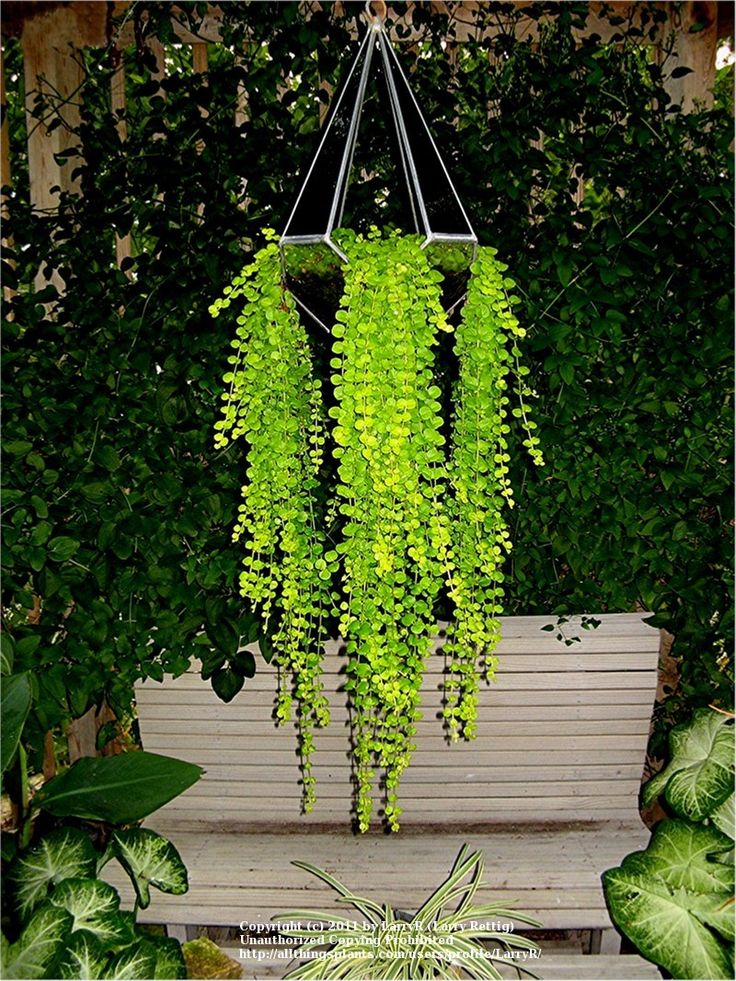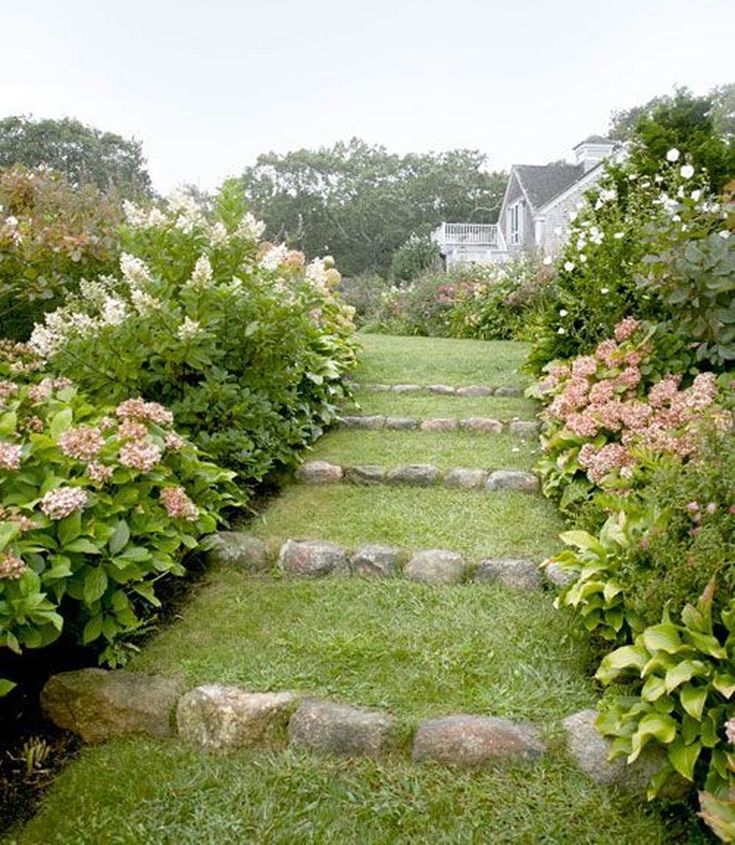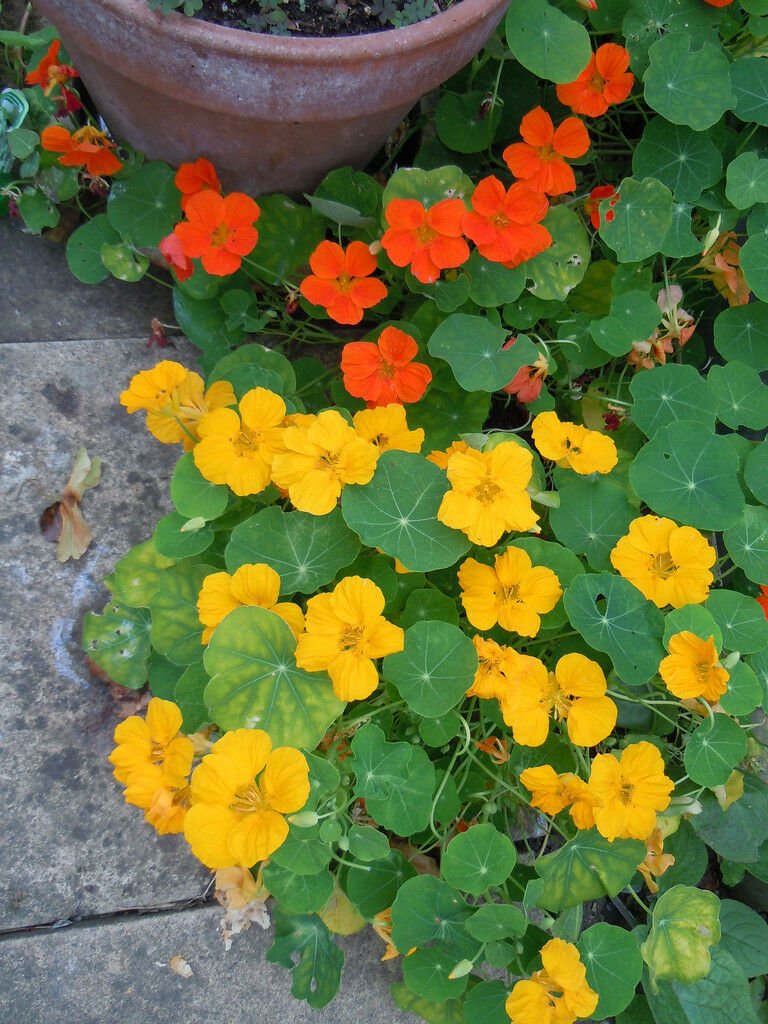Invasive climbing vines
| Subject Name | Scientific Name | Family | U.S. Nativity |
|---|---|---|---|
| kudzu | Pueraria montana var. lobata (Willd.) Maesen & S. Almeida | Fabaceae | Exotic |
| oriental bittersweet | Celastrus orbiculatus Thunb. | Celastraceae | Exotic |
| purple crown-vetch | Securigera varia (L. |
Fabaceae | Exotic |
| air-potato | Dioscorea bulbifera L. | Dioscoreaceae | Exotic |
| winter creeper | Euonymus fortunei (Turcz.) Hand.-Maz. | Celastraceae | Exotic |
| English ivy | Hedera helix L. | Araliaceae | Exotic |
| ivyleaf morning-glory | Ipomoea hederacea Jacq. | Convolvulaceae | Exotic |
| Japanese honeysuckle | Lonicera japonica Thunb. | Caprifoliaceae | Exotic |
| Japanese climbing fern | Lygodium japonicum (Thunb. ex Murr.) Sw. ex Murr.) Sw. |
Lygodiaceae | Exotic |
| old world climbing fern | Lygodium microphyllum (Cav.) R. Br. | Lygodiaceae | Exotic |
| catclaw-vine | Macfadyena unguis-cati (L.) A.H. Gentry | Bignoniaceae | Exotic |
| skunk-vine | Paederia foetida L. | Rubiaceae | Exotic |
| mile-a-minute vine, Asiatic tearthumb | Persicaria perfoliata (L.) H. Gross | Polygonaceae | Exotic |
| multiflora rose | Rosa multiflora Thunb. | Rosaceae | Exotic |
| common periwinkle | Vinca minor L. |
Apocynaceae | Exotic |
| Japanese wisteria | Wisteria floribunda (Willd.) DC. | Fabaceae | Exotic |
| Chinese wisteria | Wisteria sinensis (Sims) DC. | Fabaceae | Exotic |
| Black dog-strangling vine, black swallowwort | Vincetoxicum nigrum (L.) Moench | Asclepiadaceae | Exotic |
| puncturevine | Tribulus terrestris L. | Zygophyllaceae | Exotic |
| eastern poison-ivy | Toxicodendron radicans (L.)Kuntze | Anacardiaceae | Native |
| dog-strangling vine, European swallowwort | Vincetoxicum rossicum (Kleopov) Barbarich | Asclepiadaceae | Exotic |
| white swallowwort | Vincetoxicum hirundinaria Medik. |
Asclepiadaceae | Exotic |
| exotic swallowwort | Vincetoxicum spp. L. | Asclepiadaceae | Exotic |
| wetland nightshade | Solanum tampicense Dunal | Solanaceae | Exotic |
| field bindweed | Convolvulus arvensis L. | Convolvulaceae | Exotic |
| Chinese yam | Dioscorea polystachya Turcz. | Dioscoreaceae | Exotic |
| big periwinkle | Vinca major L. | Apocynaceae | Exotic |
| mile-a-minute | Mikania micrantha Kunth | Asteraceae | Exotic |
| Macartney rose | Rosa bracteata J. C. Wendl. C. Wendl. |
Rosaceae | Exotic |
| rosarypea | Abrus precatorius L. | Fabaceae | Exotic |
| coral vine | Antigonon leptopus Hook. & Arn. | Polygonaceae | Exotic |
| elegant dutchman's pipe | Aristolochia elegans Mast. | Aristolochiaceae | |
| white bladderflower | Araujia sericifera Brot. | Asclepiadaceae | Exotic |
| Chinese violet | Asystasia gangetica (L.) T. Anders | Acanthaceae | Exotic |
| fivehook bassia | Bassia hyssopifolia (Pallas) Kuntz | Chenopodiaceae | Exotic |
| clubed begonia | Begonia cucullata Willd | Begoniaceae | Exotic |
| white bryony | Bryonia alba L. |
Cucurbitaceae | Exotic |
| balloonvine | Cardiospermum halicacabum L. | Sapindaceae | Exotic |
| trumpet creeper | Campsis radicans (L.) Seem. ex Bureau | Bignoniaceae | Native |
| hedge bindweed | Calystegia sepium (L.) R. Br | Convolvulaceae | Exotic |
| night jessamine | Cestrum nocturnum L. | Solanaceae | Exotic |
| oriental virginsbower | Clematis orientalis L. | Ranunculaceae | Exotic |
| sweet autumn virginsbower | Clematis terniflora DC | Ranunculaceae | Exotic |
| Asian nakedwood | Colubrina asiatica (L.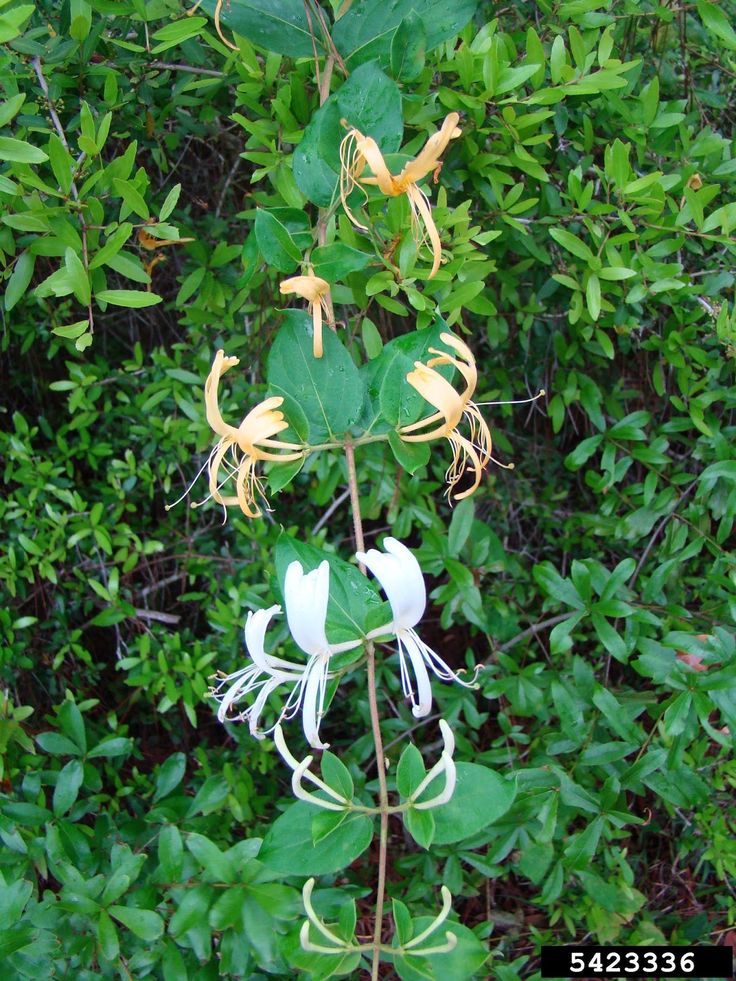 ) Brongn. ) Brongn. |
Rhamnaceae | Exotic |
| Madagascar rubbervine | Cryptostegia madagascariensis Bojer ex Dcne. | Asclepiadaceae | Exotic |
| smallseed alfalfa dodder | Cuscuta approximata Bab. | Cuscutaceae | Exotic |
| Japanese dodder | Cuscuta japonica Choisy | Cuscutaceae | Exotic |
| cape ivy | Delairea odorata Lem | Asteraceae | Exotic |
| winged yam | Dioscorea alata L. | Dioscoreaceae | Exotic |
| centipede tongavine | Epipremnum pinnatum (L.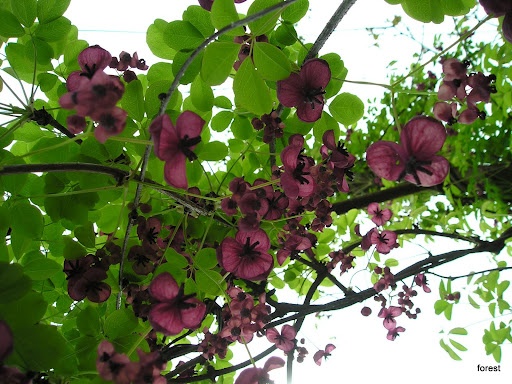 ) Engl ) Engl |
Araceae | Exotic |
| catchweed bedstraw | Galium aparine L. | Rubiaceae | Native |
| strawflower | Helichrysum petiolare Hilliard & Burtt | Asteraceae | Exotic |
| moonflower | Ipomoea alba L. | Convolvulaceae | Native |
| swamp morning-glory | Ipomoea aquatica Forssk. | Convolvulaceae | Exotic |
| gloria de la manana | Ipomoea carnea ssp. fistulosa (Mart. ex Choisy) D. Austin | Convolvulaceae | Exotic |
| red morning-glory | Ipomoea coccinea L.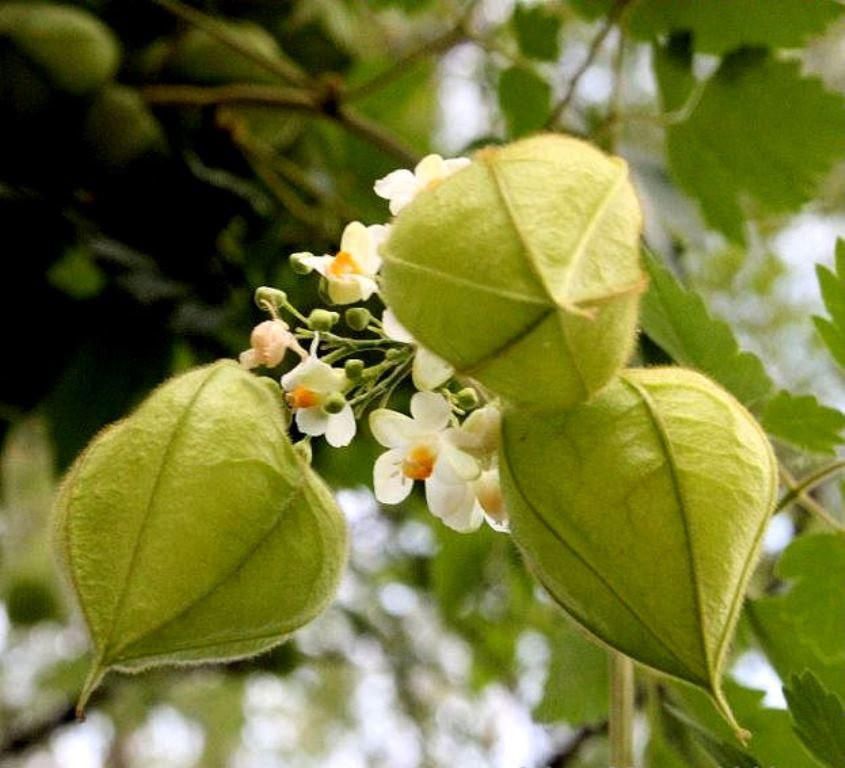 |
Convolvulaceae | Exotic |
| tievine | Ipomoea cordatotriloba var. cordatotriloba Dennst. | Convolvulaceae | Native |
| blue morning-glory | Ipomoea indica (Burm. f.) Merr. | Convolvulaceae | Exotic |
| pitted morning-glory | Ipomoea lacunosa L. | Convolvulaceae | Native |
| smallflower morningglory | Jacquemontia tamnifolia (L.) Griseb. | Convolvulaceae | Native |
| Gold Coast jasmine | Jasminum dichotomum Vahl | Oleaceae | Exotic |
| Brazilian jasmine | Jasminum fluminense Vell.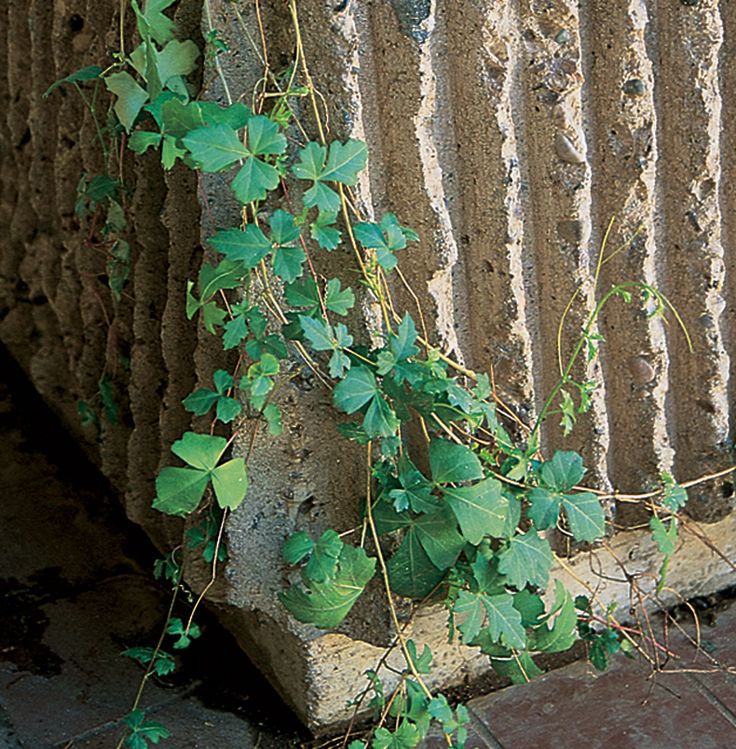 |
Oleaceae | Exotic |
| Arabian jasmine | Jasminum sambac (L.) Ait. | Oleaceae | Exotic |
| everlasting peavine | Lathyrus latifolius L. | Fabaceae | Exotic |
| California burclover | Medicago polymorpha L. | Fabaceae | Exotic |
| Spanish arborvine | Merremia tuberosa (L.) Rendle | Convolvulaceae | Exotic |
| perennial soybean | Neonotonia wightii (Wight & Arn.) | Fabaceae | Exotic |
| wingleaf passionflower | Passiflora bicornis P. Mill. Mill. |
Passifloraceae | Exotic |
| twoflower passionflower | Passiflora biflora Lam. | Passifloraceae | Exotic |
| sewer vine | Paederia cruddasiana Prain | Rubiaceae | Exotic |
| passionflower | Passiflora edulis Sims | Passifloraceae | Exotic |
| redfruit passionflower | Passiflora foetida L. | Passifloraceae | Native |
| banana passionflower | Passiflora tripartita var. mollissima (Kunth) Holm-Niesen & P.M. Jørg. | Passifloraceae | Exotic |
| corkystemmed passionflower | Passiflora suberosa L. |
Passifloraceae | Native |
| wild buckwheat | Fallopia convolvulus L. | Polygonaceae | Exotic |
| black bindweed | Polygonum convolvulus var. subulatum Lej. & Court. | Polygonaceae | Exotic |
| cutleaf blackberry | Rubus laciniatus Willd. | Rosaceae | Exotic |
| bittersweet nightshade | Solanum dulcamara L. | Solanaceae | Exotic |
| American evergreen | Syngonium podophyllum Schott | Araceae | Exotic |
| Jamaica feverplant | Tribulus cistoides L. |
Zygophyllaceae | Exotic |
| common vetch | Vicia sativa Linnaeus | Fabaceae | Exotic |
| sparrow vetch | Vicia tetrasperma (L.) Schreb. | Fabaceae | Exotic |
| hairy vetch | Vicia villosa Roth | Fabaceae | Exotic |
| grape | Vitis spp. L. | Vitaceae | |
| chocolate vine | Akebia quinata (Houtt.) Dcne. | Lardizabalaceae | Exotic |
| Japanese hop | Humulus japonicus Siebold & Zucc.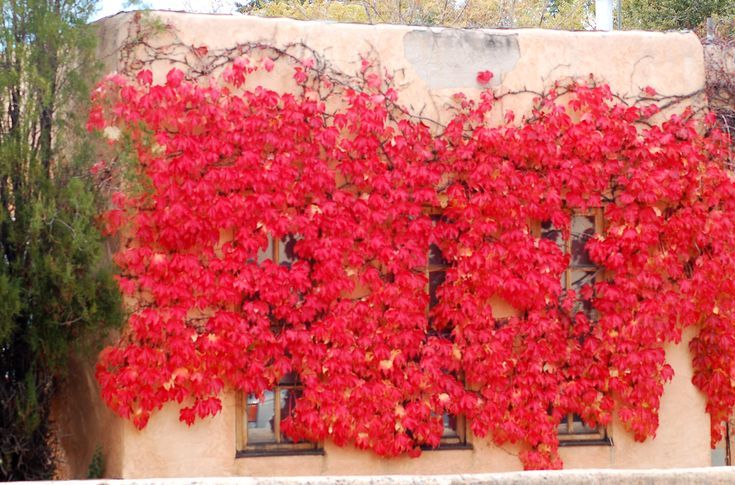 |
Cannabaceae | Exotic |
| tall morning-glory | Ipomoea purpurea (L.) Roth | Convolvulaceae | Exotic |
| dog rose | Rosa canina L. | Rosaceae | Exotic |
| beach vitex | Vitex rotundifolia L. f. | Verbenaceae | Exotic |
| wine grape | Vitis vinifera L. | Vitaceae | Exotic |
| tiny vetch | Vicia hirsuta (L.) S.F. Gray | Fabaceae | Native |
| large yellow vetch | Vicia grandiflora Scop.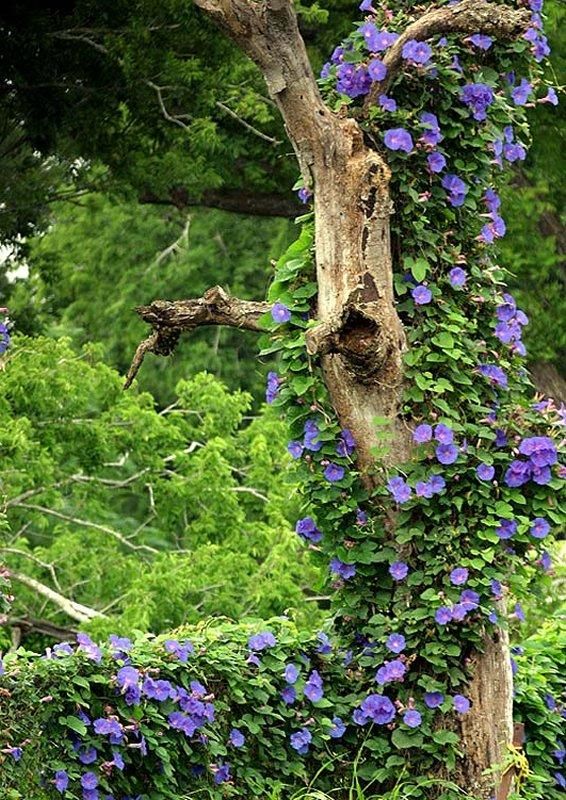 |
Fabaceae | Exotic |
| bird vetch | Vicia cracca L. | Fabaceae | Exotic |
| bushkiller | Cayratia japonica (Thunb.) Gagnepain | Vitaceae | Exotic |
| golden trumpet | Allamanda cathartica L. | Apocynaceae | Exotic |
| paperflower | Bougainvillea glabra Choisy | Nyctaginaceae | Exotic |
| paradise poinciana | Caesalpinia gilliesii (Wall. ex Hook.) Wall. ex D. Dietr. | Fabaceae | Exotic |
| maunaloa | Canavalia cathartica Thouars | Fabaceae | Exotic |
| colocynth | Citrullus colocynthis (L. ) Schrad. ) Schrad. |
Cucurbitaceae | Exotic |
| evergreen clematis | Clematis vitalba L. | Ranunculaceae | Exotic |
| Palay rubbervine | Cryptostegia grandiflora (Roxb. ex R. Br.) R. Br. | Asclepiadaceae | Exotic |
| simpleleaf chastetree | Vitex trifolia L. | Verbenaceae | Exotic |
| Brazilian nightshade | Solanum seaforthianum Andr. | Solanaceae | Native |
| valamuerto | Senna pendula var. advena (Vogel) Irwin & Barneby | Fabaceae | Exotic |
| valamuerto | Senna pendula var.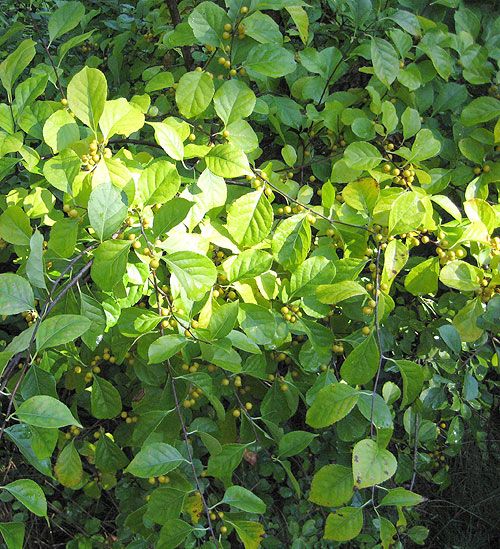 glabrata (Vogel) Irwin & Barneby glabrata (Vogel) Irwin & Barneby |
Fabaceae | Native |
| chayote | Sechium edule (Jacq.) Sw. | Cucurbitaceae | Exotic |
| star jasmine | Jasminum multiflorum (Burm. f.) Andr. | Oleaceae | Exotic |
| elmleaf blackberry | Rubus ulmifolius Schott | Rosaceae | Exotic |
| Italian woodbine | Lonicera caprifolium L. | Caprifoliaceae | Exotic |
| Etruscan honeysuckle | Lonicera etrusca Santi | Caprifoliaceae | Exotic |
| woodbine | Lonicera periclymenum L. |
Caprifoliaceae | Exotic |
| white passionflower | Passiflora subpeltata Ortega | Passifloraceae | Exotic |
| balsamapple | Momordica charantia L. | Cucurbitaceae | Exotic |
| Boston ivy | Parthenocissus tricuspidata (Sieb. & Zucc.) Planch. | Vitaceae | Exotic |
| vetch | Vicia spp. L. | Fabaceae | |
| ivy | Hedera spp. L. | Araliaceae | |
| African asparagus fern | Asparagus asparagoides (L.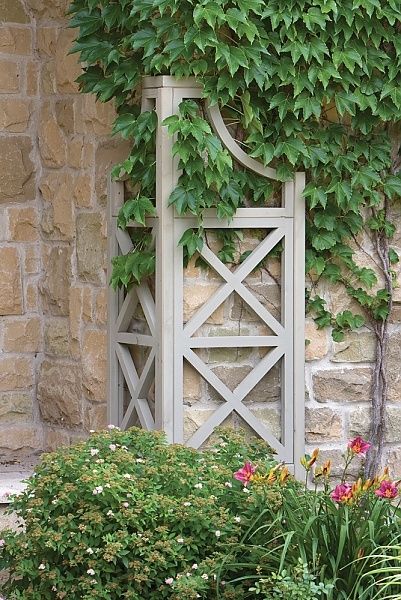 ) Druce ) Druce |
Asparagaceae | Exotic |
| Atlantic ivy | Hedera hibernica (Kirchn.) Bean. | Araliaceae | Exotic |
| Wisteria floribunda x sinensis hybrid | Wisteria x formosa [floribunda x sinensis] | Fabaceae | Exotic |
| Algerian ivy | Hedera canariensis Willd. | Araliaceae | Exotic |
| garden vetch | Vicia sativa ssp. nigra (L.) Ehrh. | Fabaceae | Exotic |
| winter vetch | Vicia villosa ssp. varia (Host) Corb. | Fabaceae | Exotic |
| bird vetch | Vicia cracca ssp.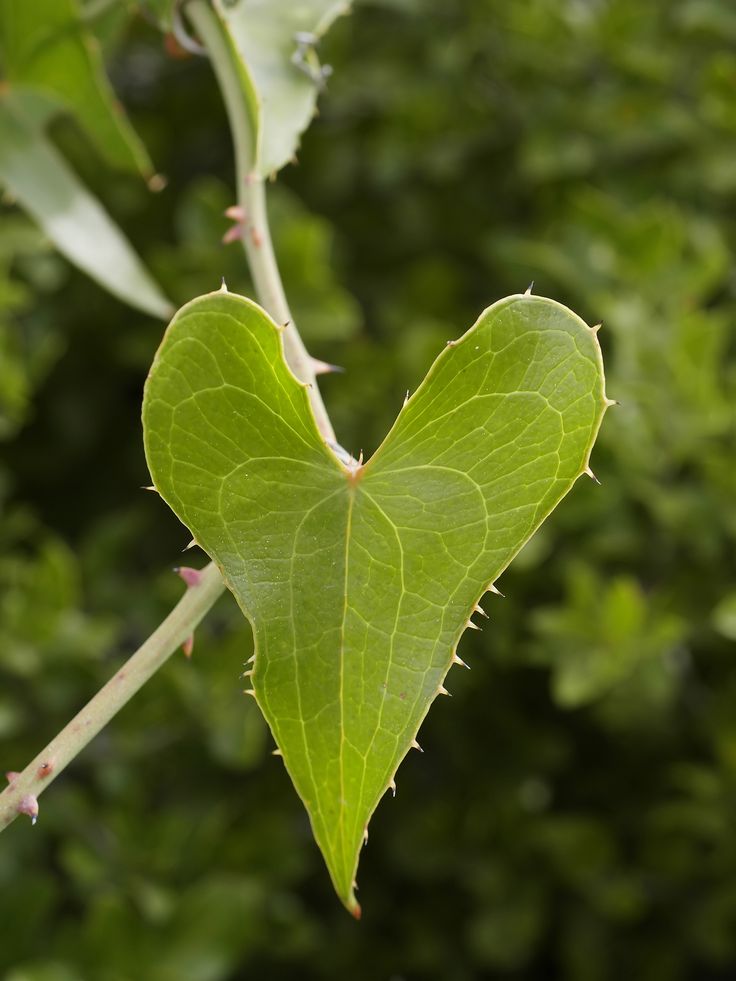 cracca L. cracca L. |
Fabaceae | Exotic |
| bush vetch | Vicia sepium var. sepium L. | Fabaceae | Exotic |
| flat peavine | Lathyrus sylvestris L. | Fabaceae | Exotic |
| garden vetch | Vicia sativa ssp. sativa L. | Fabaceae | Exotic |
| kudzu | Pueraria montana (Lour.)Merr. | Fabaceae | Exotic |
| lily of the valley vine | Salpichroa origanifolia (Lam.) Thell. | Solanaceae | Exotic |
| meadow peavine | Lathyrus pratensis L. |
Fabaceae | Exotic |
| okie bean | Dipogon lignosus (L.) Verdc. | Fabaceae | Exotic |
| spurgecreeper | Dalechampia scandens L. | Euphorbiaceae | Native |
| tara vine | Actinidia arguta (Siebold & Zucc.) Planch. ex Miq. | Actinidiaceae | Exotic |
| wild bushbean | Macroptilium lathyroides (L.) Urb. | Fabaceae | Exotic |
| winter vetch | Vicia villosa ssp. villosa Roth | Fabaceae | Exotic |
| marsh-pepper smartweed | Persicaria hydropiper (L.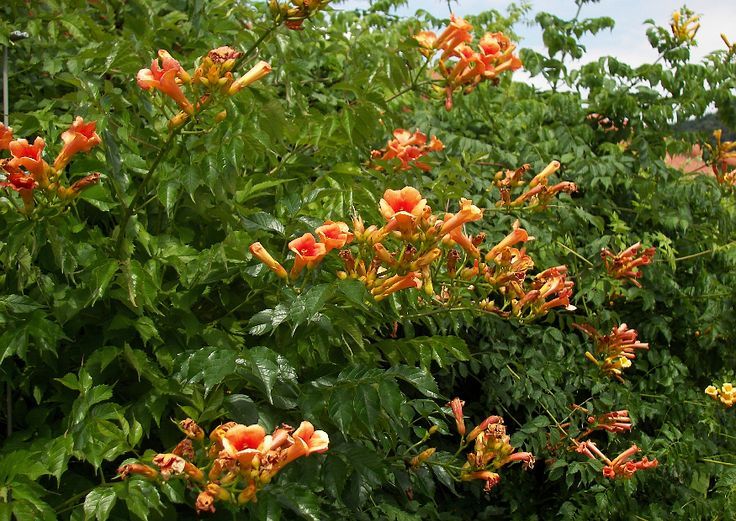 ) Delarbre ) Delarbre |
Polygonaceae | Exotic |
| banana poka | Passiflora tarminiana Coppens & V. E. Barney | Passifloraceae | Exotic |
| orange-peel clematis, yellow clematis | Clematis tangutica (Maxim.) Korsh. | Ranunculaceae | Exotic |
| Beechey's withe | Heteropterys brachiata (L.)DC. | Malpighiaceae | Exotic |
| golden pothos | Epipremnum pinnatum cv. aureum (L.) Engl | Araceae | Exotic |
| porcelain-berry | Ampelopsis glandulosa var. brevipedunculata (Maxim.) Momiy.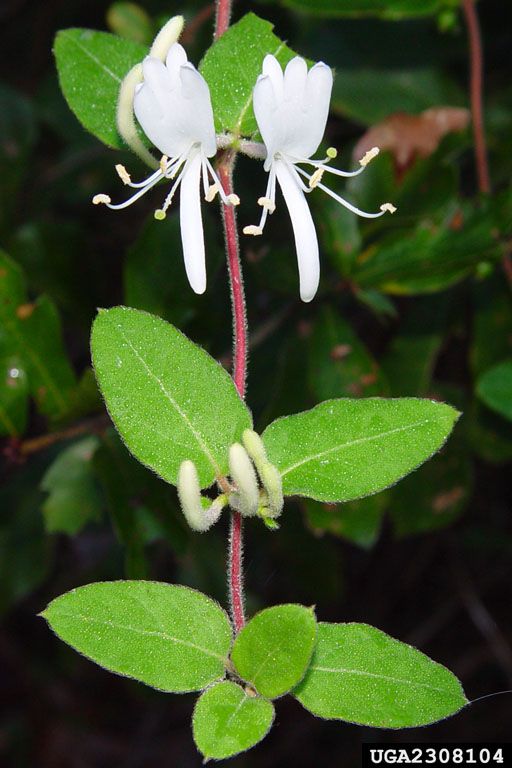 |
Vitaceae | Exotic |
| dodder (nonnative) | Cuscuta spp. L. | Cuscutaceae |
11 Species of Invasive Vines
By
Vanessa Richins Myers
Vanessa Richins Myers
Vanessa Richins Myers is a seasoned horticulturist, writer, and educator with over 10 years of training and experience as a professional horticulturist and gardener. She has a Bachelor of Science degree in horticulture, with an emphasis in landscape design and urban horticulture. She volunteers as a community garden specialist.
Learn more about The Spruce's Editorial Process
Updated on 05/06/22
The Spruce / Loren Probish
Whether a plant is invasive or not depends on its natural growth habits and location. Many of the species included in this list are beautiful plants. For example, the porcelain berry has intriguing turquoise and purple fruit. Wisterias look gorgeous growing over arbors.
Since they often grow rapidly and send out new shoots in all directions, vines can easily become invasive. One way to check and see if they will be problematic in your garden is to call your local extension service or nursery for information. While there are both herbaceous and woody vines, this will focus on the lianas, which are the species that become woody.
-
01 of 11
Algerian Ivy (Hedera algeriensis)
skymoon13 / Getty ImagesAlgerian ivy (Hedera algeriensis) can spread quickly throughout your garden if it is given a chance in USDA hardiness zones 7 through 11.
 It is very easy to start from cuttings, and roots will form along the stem where it touches the soil. Like English ivy (Hedera helix), the roots can also attach themselves to buildings and tree trunks.
It is very easy to start from cuttings, and roots will form along the stem where it touches the soil. Like English ivy (Hedera helix), the roots can also attach themselves to buildings and tree trunks. This plant can be used as a houseplant where you can easily keep it in check. As long as you monitor growth, it can serve well as a groundcover in your shady spots. Algerian ivy could also be a good choice for landscapes near the beach since it can tolerate salt well.
-
02 of 11
Chinese Wisteria (Wisteria sinensis)
The Spruce / Loren Probish
Even though the wisterias are gorgeous when in full bloom, Chinese wisteria (Wisteria sinensis) tends to become invasive in USDA hardiness zones 4 to 9. It can form new roots at each node and do so wherever it touches the ground, allowing it to spread further. Try the native American wisteria (Wisteria frutescens) instead for better control.
Another way to potentially manage this liana is through careful pruning.
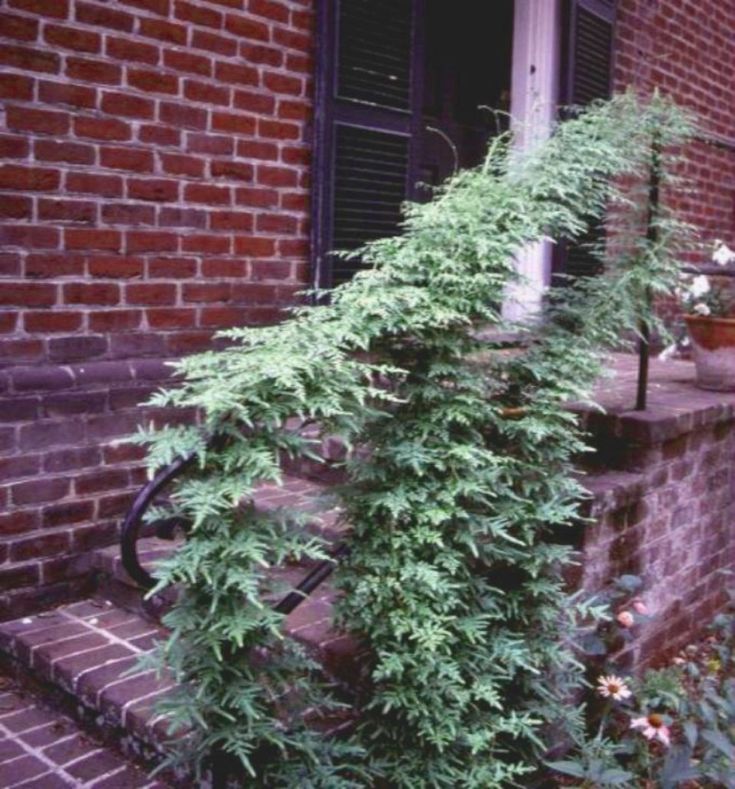 With proper care and attention, you can turn this into a more shrub-like plant.
With proper care and attention, you can turn this into a more shrub-like plant. One way to distinguish Chinese wisteria from Japanese wisteria is by observing how the vines wrap around objects. Chinese wisteria will twine counter-clockwise, while Japanese wisteria goes clockwise.
The Chinese wisteria spreads its seeds by flinging open pods and shooting out the seeds. The sound can be pretty loud.
-
03 of 11
English Ivy (Hedera helix)
The Spruce / Phoebe Cheong
English ivy (Hedera helix) can be used as a groundcover, especially in shady locations like Algerian ivy. Put it too close to a building, though, and it will soon scramble to cover it by attaching its stems to the wall with rootlets. It can also wind its way up a tree trunk easily.
We almost always see English ivy in its vining (juvenile) form, but it can mature and take on a shrub form under the right conditions. It grows in USDA hardiness zones 4 to 13.

The fruit can be toxic to people.
-
04 of 11
Five-Leaf Akebia (Akebia quinata)
Abigail Rex/Getty ImagesThough the five-leaf akebia (Akebia quinata) or chocolate vine has pretty flowers and fruit, it will overtake your garden if you are not careful. The chocolate-purple flowers are sweetly scented and intriguing. The five-leaf akebia plant is monoecious, producing edible fruit. It can be challenging for fruiting to occur naturally; you might need to help it along by hand pollination. You can use a paintbrush to spread the pollen on the stigma. This plant grows in USDA hardiness zones 4 to 8.
-
05 of 11
Japanese Honeysuckle (Lonicera japonica)
Liudmyla Liudmyla / Getty ImagesMany honeysuckles can become invasive in hardiness zones 5 through 8, and the Japanese honeysuckle (Lonicera japonica) is no exception. The flowers are beautiful and smell like vanilla, bringing bees and hummingbirds to your garden.
 Birds will also come to visit and eat the fruit.
Birds will also come to visit and eat the fruit. However, you need to really like these features as this vine spreads throughout your whole yard and is difficult to remove completely. It can spread itself through rhizomes under the ground, runners above ground, and seeds.
-
06 of 11
Japanese Wisteria (Wisteria floribunda)
ClaraNila / Getty ImagesThe Japanese wisteria (Wisteria floribunda) does not flower as well as Chinese wisteria but is similarly invasive in USDA zones 4 to 9. A distinguishing characteristic is that its blooms gradually open from the base onward. On Chinese wisteria, they will all open at the same time. One way to control spreading is deadheading so no seeds are created.
-
07 of 11
Kudzu (Pueraria montana var. lobata)
Wesley Hitt/Getty ImagesKudzu (Pueraria montana var. lobata) is a poster child for why you should be careful importing plants. This semi-woody vine was brought to the U.
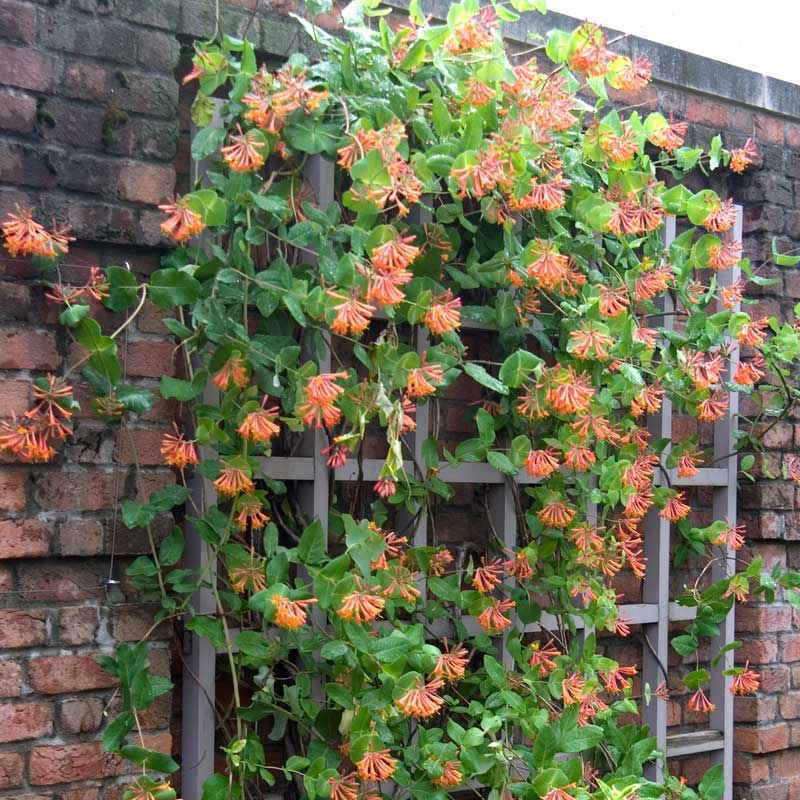 S. and introduced to farmers as a potential forage crop and erosion controller. They were encouraged to plant it until people realized it took over everywhere and smothered their wanted plants. It is now widespread throughout the southeastern United States, growing in zones 5 to 10.
S. and introduced to farmers as a potential forage crop and erosion controller. They were encouraged to plant it until people realized it took over everywhere and smothered their wanted plants. It is now widespread throughout the southeastern United States, growing in zones 5 to 10. There are enough kudzu vines in the United States, so avoid planting this for any reason. If you have some, you can follow the sage "advice" as found on Floridata: "Mulch with cinder blocks, fertilize with Agent Orange, and prune daily." Of course, you would not want to really use Agent Orange, but you will need to bring out the heavy artillery to eradicate this species.
-
08 of 11
Oriental Bittersweet (Celastrus orbiculatus)
179 LLC / Getty ImagesThis vine wraps itself around trees and can cause their eventual demise. It was initially introduced to the United States as with many invasive plants because of its potential benefits. For Oriental bittersweet (Celastrus orbiculatus), it was the fact that it helps keep soil erosion to a minimum.
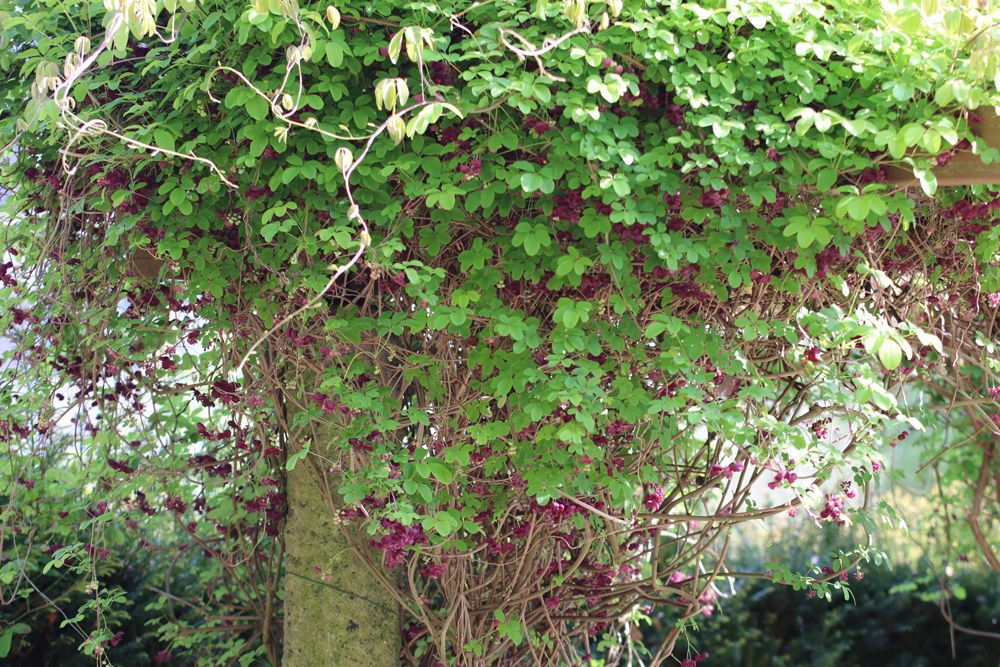 Unfortunately, it took readily to some U.S. climates (USDA zones 4 to 8) and spread like wildfire.
Unfortunately, it took readily to some U.S. climates (USDA zones 4 to 8) and spread like wildfire. This vine is dioecious. Some plant it so they can use the colorful berries in dried arrangements. It can sometimes become a shrub.
You will need to be very patient if you want to get rid of Oriental bittersweet. Once you have made sure that it is this species and not the native bittersweet (Celastrus scandens), cut and remove all of the vines. You will likely need several sessions of removal. Glyphosate will produce better results, but even that is not foolproof.
-
09 of 11
Poison Ivy (Toxicodendron radicans)
The Spruce / Ana Cadena
In addition to being quite invasive, poison ivy (Toxicodendron radicans) is toxic for many people, as are many cashew family members. They contain a substance known as urushiol. These vines may grow into a shrub shape, thriving in zones 4 to 8. Plants of the Toxicodendron genus used to be included with the sumac species and are sometimes still found under the name Rhus.

The childhood rhyme to help avoid poison ivy is "Leaflets three, let them be. If it's hairy, it's a berry."
-
10 of 11
Porcelain Berry (Ampelopsis brevipedunculata)
JasonOndreicka / Getty ImagesPorcelain berries (Ampelopsis brevipedunculata) come in unusual shades of purple and turquoise, making them an attractive plant for fall color. You will need to give them some support. They spread easily in USDA zones 4 to 8, so check with your extension office to see if it is invasive in your area.
-
11 of 11
Wintercreeper (Euonymus fortunei)
The Spruce / Autumn Wood
You'll usually see wintercreeper (Euonymus fortunei) used as a groundcover in the landscape. This has both juvenile (vine) and mature (shrub) forms similar to ivy and the habit of using rootlets to climb up trunks and walls. These two plants are in different families, though.
It has become problematic in eastern North America in zones 4 to 9, and you should call your local garden center or extension service before planting to assess how it will do in your area.

Article Sources
The Spruce uses only high-quality sources, including peer-reviewed studies, to support the facts within our articles. Read our editorial process to learn more about how we fact-check and keep our content accurate, reliable, and trustworthy.
Invasive to Avoid: English Ivy. California Department of Fish and Wildlife.
Pueraria lobata. Floridata.
U.S. Food and Drug Administration. 2021. Outsmarting Poison Ivy and Other Poisonous Plants.
Dermatitis Associated with Cashew Nut Consumption. Centers for Disease Control and Prevention.
7 flowering vines that will decorate your home
Flowering vines are wonderful plants. They allow you to cover the abandoned space, giving it a new life, a new color, more cheerful. They are our first choice when we want to enjoy a very special garden where plants attract their pollinators by offering them nectar or honey.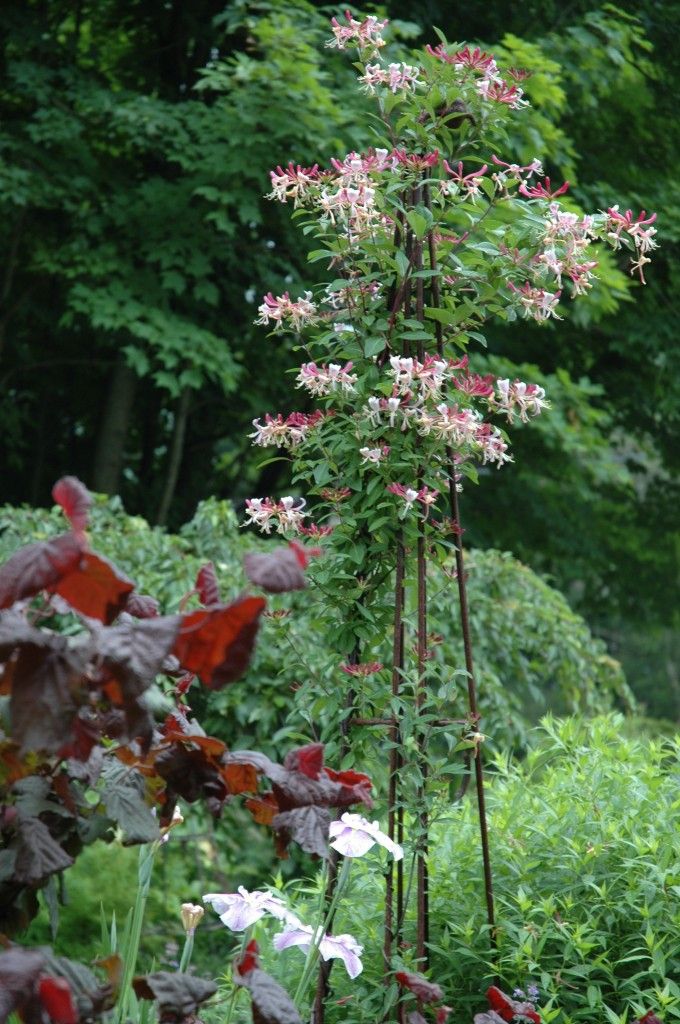
But we can also have an incredible home with them, as there are many species that are well adapted to home life. Next we will show you -4ºC .
Jasmine
Subscribe to our Youtube channel
Jasmine or jasmine is a very popular climber. Its white flowers exude a fragrance that once you smell it, you won't forget it again. It is evergreen and you should know that it likes warm weather , with very mild and occasional frosts where it can be located in a place protected from direct sunlight. But he is very well suited for indoor living, where he would prefer to be in a room with a lot of light.
Mandevilla
This beautiful plant is one of the few vines that can be grown in a pot for a lifetime. Mandevilla is evergreen and its tubular flowers can be pink, white or red. It is very sensitive to cold, so if you live in an area where the temperature drops from -1ºC to , you should protect it indoors. ..or always keep it there 🙂.
..or always keep it there 🙂.
Winter Bignonia
Winter Bignonia, whose scientific name is Magmatic pyrostegia , an evergreen vine that blooms not in the spring like most plants, but in the cooler months. Grows in both full sun and partial shade. The only negative is that it is very sensitive to frost, but there is a simple solution here too: was grown indoors and used as a house ???? ,
Solandra Maxima
Solandra maxima is a perennial climber that grows very fast in hot climates. The flowers are very large, up to 20 cm, beautiful yellow. And besides, it is very adaptable as it can grow on all types of soils. Withstands frosts up to -3ºC .
Jasmine Trachelospermum
False jasmine is a climber, very similar to real jasmine, but, unlike it, resists cold and frost well, withstanding a minimum of -10ºC . Its flowers are small, but they sprout in such numbers and are so fragrant that they make this plant more and more popular in gardens.
Wisteria
And we finish with no less interesting Wisteria. This deciduous climbing plant has a lifespan of 100 years and produces so many lilac or white flowers that it's really wonderful as they are also fragrant. It is very rustic, withstands frosts up to -10ºC , but in order for it to grow well, it is important that the climate is cold-temperate, as temperatures above 30 ° C are not suitable for it.
Do you know of any other flowering vines?
The content of the article complies with our principles of editorial ethics. To report a bug, click here.
Cochliasanthus
| Some of this article's listed sources of may not be reliable [1] [2] This perennial plant [3] vine (when grown in a frost-free climate) has fragrant flowers resembling hyacinths - with a characteristic curved shape, giving rise to the common names corkscrew , snail , snail , snail or snail . This vine is hardy in zones 9 and above, loves full sun and consistently moist soil. Prefers high temperature and humidity. In colder zones, it does well in a pot if overwintered inside. Thomas Jefferson called this plant "the most beautiful bean in the world." [3]
Content
COMPLEMENTS [ TREATIONAL WORRNS IN ANITY ANYTHING ANYTHING ANYTHING ANYTHING AND ANITY ANYTHING OF THE CONTART flowers in particular, but this should be checked with a reputable source before attempting. The seeds, which are technically beans, can be edible. GrowthHarvestFlowers usually open in late summer or autumn. [3] [7] and, if pollination by bees [8] is successful, seeds appear soon after. The seeds grow inside the pods like pea pods. If a grower wants to grow them, the pods should be removed from the plant while they are still green to avoid exposure to winter temperatures. Corkscrew grape pods PreparationThere is controversy among growers as to whether plucking the seed coat is more detrimental or beneficial to germination, and some support skin damage. [9] while others do not recommend it. One widely practiced practice that brings great success is to pour boiling water over the seeds and let them soak overnight. [9] [10] in this water as it naturally cools to room temperature. Sowing Burpee recommends sowing seeds in "normal soil in a sunny area in the spring after danger of frost has passed. The seedlings will germinate in one to three weeks depending on the weather. When grown indoors or inside a greenhouse, the seedlings can be moved outside when "spring temperatures remain above 50 F." [12] These plants will grow in full sun [3] in partial shade and can reach a height of twenty feet. [11] Flowers may bloom during the same growing season as the seeds were planted. [13] The plant blooms for eight whole weeks. [11] Both types of grapes can be grown from cuttings. [10] ConfusionVibrant white petals with purple veins surrounded by immature spiral buds of the same color. Vigna speciosa , a species often confused with C. caracalla . Two completely different types of plants are sold and cultivated under the same name. One plant true Cochliasanthus caracalla . Another, also called " Phaseolus giganteus " (horticultural name, not officially published), [14] apparently Vigna speciosa or a close relative. Both are climbing vines with very similar foliage. Common names for both vines include snail vine, corkscrew vine, and vine. Purple, non-fragrant, invasive flowers " Phaseolus giganteus " have snail or snail shell shaped flowers, hence the origin of the common name. The colorful, fragrant, non-invasive flowers Cochliasanthus caracalla say they have corkscrew or nautilus shell-shaped flowers, hence the origin of this common name. Although some claim that the leaves of one species are darker and of a different size than those of the other, it is difficult to tell the two plants apart from the foliage alone. There have been many cases where both plants have been grown side by side for many years, and the discovery that they are not the same species was only made after the less mature plant had finally flowered. CoronersMulti -colored wavy flowers and spiral buds hanging with clusters corkscrew LOZA, COCHLIASANTHUS CARACALLA , has very fragrant, [7] [7] [7] [7] [7] [7] [7] [7] [7] [7] [7] [7] [7] [17] and a non-invasive plant. This image shows how truly unique the shape and color of this plant's petals are. In particular, the flowers are white with purple streaks, which become cream over time and then turn yellow. They hang in groups twelve inches long. [12] The flowers are very wavy, and immature inflorescences are very reminiscent of colorful spirals or corkscrews. This plant has white buds that produce nectar that attracts ants, which then pollinate the flowers. Vine snailVine snail flower Vine snail, Phaseolus giganteus , has no smell [19] flowers are hard, pale lilac. Flowers growing singly or in small groups. [14] They do not consist of clusters, but of four petals: one large wavy semi-circle at the top, two teardrop-shaped petals that point inward, and a thin, upright curly petal that sprouts from the center of the flower. Depending on the angle, the bottom two petals can appear as one petal, much like the large top petal. When this happens, the three main petals come together to form the shape of an open clam. There may be a small area of yellow and/or white at the center of the flower and at the end of the slender erect flower, but the color is usually faint and only noticeable on close inspection. |
 It is the only member of the genus Cochliasanthus and was previously considered to belong to the genus Vigna . [4]
It is the only member of the genus Cochliasanthus and was previously considered to belong to the genus Vigna . [4]  [5] Parts of the true corkscrew plant may be poisonous. [6]
[5] Parts of the true corkscrew plant may be poisonous. [6]  " Seeds should be planted two to three inches apart and covered with half an inch of "fine soil". Burpee then recommends growers to "compact" the soil lightly and "keep the soil evenly moist". [11]
" Seeds should be planted two to three inches apart and covered with half an inch of "fine soil". Burpee then recommends growers to "compact" the soil lightly and "keep the soil evenly moist". [11] 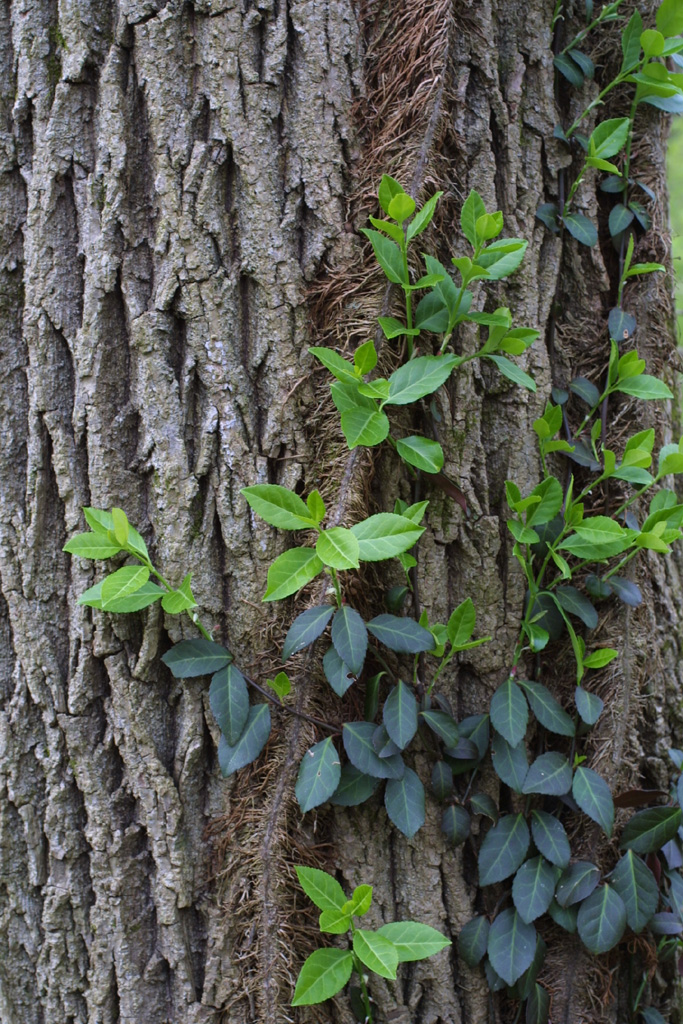
 Both plants are said to be pollinated by ants, so without ants, the plant will produce few, if any, seeds. [15] [16] despite the fact that C. caracalla is pollinated by bees in Argentina, which is its native range. [8]
Both plants are said to be pollinated by ants, so without ants, the plant will produce few, if any, seeds. [15] [16] despite the fact that C. caracalla is pollinated by bees in Argentina, which is its native range. [8]  The fragrance has been compared to Chinese wisteria, jasmine and magnolia. It is claimed that the plant's scent can be smelled from a distance of 15 feet. [18] Corkscrew vine is less hardy than snail vine. [14]
The fragrance has been compared to Chinese wisteria, jasmine and magnolia. It is claimed that the plant's scent can be smelled from a distance of 15 feet. [18] Corkscrew vine is less hardy than snail vine. [14] 
